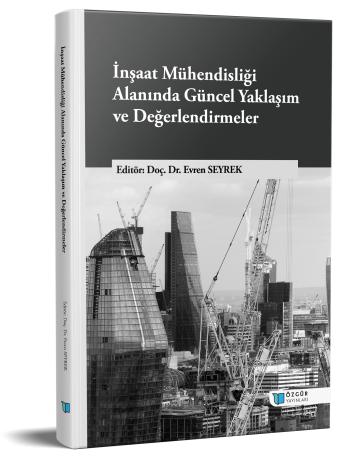
Natural and Artificial Lightweight Aggregates Used in the Production of Lightweight Concrete
Chapter from the book:
Seyrek,
E.
(ed.)
2025.
Contemporary Approaches and Assessments in the Field of Civil Engineering.
Synopsis
Concrete, one of the two most commonly used materials in the field of construction, consists of three main components: cement, aggregate, and water. Interest in lightweight concrete has been increasing due to its advantages, such as reducing the dead load of structures, allowing for smaller dimensions of load-bearing elements, and lowering overall construction costs. In the production of lightweight concrete, either the use of admixtures (such as foaming agents, aluminum powder, or zinc powder) or the incorporation of lightweight aggregates is preferred.
Lightweight aggregates are classified into two groups: natural and artificial. Natural aggregates such as pumice, perlite, diatomite, scoria, and volcanic tuff can be used as fine and/or coarse aggregates in lightweight concrete. Industrial by-products such as expanded polystyrene beads and rubber waste, as well as materials like fly ash, blast furnace slag, and clay, can be processed into aggregate form and used as artificial lightweight aggregates. One of the most commonly used artificial lightweight aggregates is expanded clay aggregate, which is commercially available in many parts of the world.
A more innovative approach that has recently attracted the attention of researchers is the production of geopolymer lightweight aggregates, which are obtained by mixing industrial waste materials with various alkaline solutions to form a paste that is then shaped into aggregate form. These artificial lightweight aggregates are hardened through cold bonding, sintering, or autoclave curing processes. Although sintering produces aggregates with lower density, it is considered economically disadvantageous compared to other methods due to the high energy cost associated with the process.
In general, lightweight concretes produced using natural or artificial lightweight aggregates are characterized by low unit weight, as well as high thermal and sound insulation properties, making their use in construction increasingly attractive.

